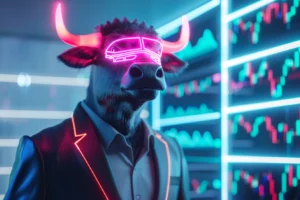Top 10 AI Crypto Coins To Invest in 2025: Expert Analysis
The fusion of artificial intelligence and blockchain is no longer theoretical — it’s becoming the bedrock of next-generation Web3 infrastructure. As 2025 unfolds, AI crypto has emerged as a powerful narrative, driving innovation across decentralized computation, DePIN (Decentralized Physical Infrastructure Networks), and agent-based economies.
Investor interest in AI tokens continues to surge, not just due to the hype, but because of the real-world utility and rapidly expanding developer ecosystems. From training decentralized machine learning models to building agent economies on-chain, AI crypto is redefining what’s possible in Web3.
Let’s explore the top 10 AI crypto projects shaping this new landscape.
Bittensor (TAO): A Neural Internet for the Open World
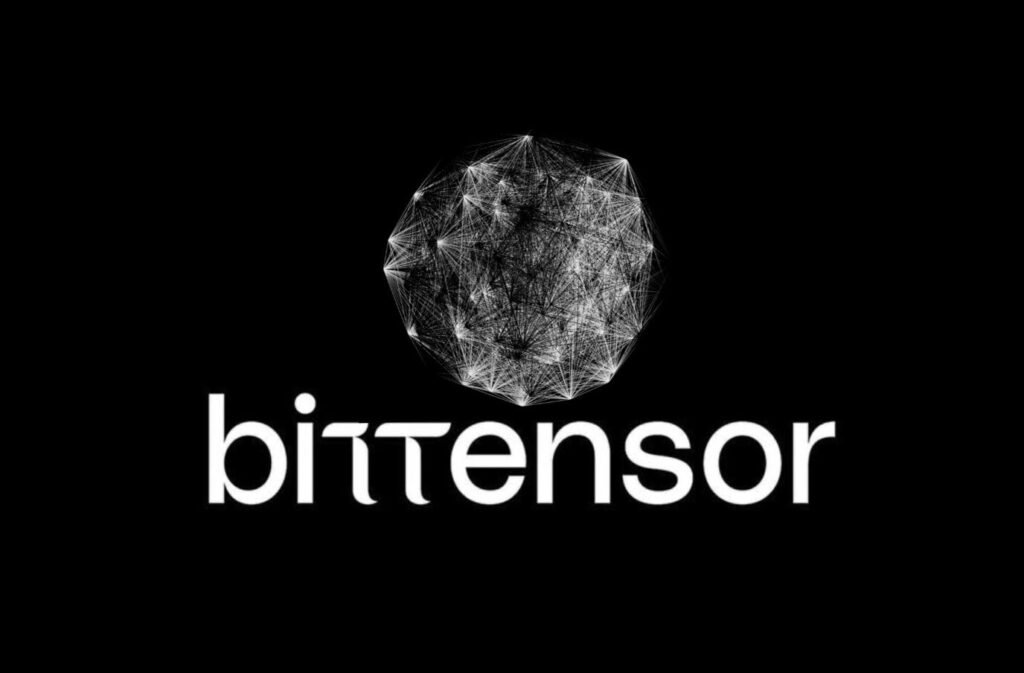
Source: Blockzeit
Bittensor stands as a radical departure from conventional AI platforms. Instead of centralizing intelligence, it decentralizes it — rewarding contributors who provide valuable machine learning models to a global “neural internet.”
This open-source network uses subnets to organize AI workloads, each with its own economic incentives. TAO, the native token, powers these interactions, facilitating staking, governance, and economic coordination.
With its unique blend of technical ambition and growing developer adoption, Bittensor has become a magnet for AI researchers and crypto-native builders alike. Its market cap reflects growing confidence in its decentralized AI thesis.
NEAR Protocol (NEAR): From Smart Contracts to Smart Agents
NEAR is no longer just a high-performance Layer 1. In 2025, it’s recast itself as a foundational layer for AI-native apps and smart agents through its “Chain Abstraction” vision.
The launch of NAI (Near AI) brought modular toolkits for developers to embed AI capabilities directly into Web3 applications. These include agent orchestration, decision-making frameworks, and on-chain reasoning layers — all powered by NEAR’s infrastructure.
This evolution positions NEAR as one of the few chains with an intentional pivot toward AI-first design, making it an important player for those investing in long-term AI crypto potential.
Internet Computer (ICP): Protocol-Level AI Compute

Source: Britannica
The Internet Computer has taken a bold route — integrating AI directly into its protocol rather than as an application layer. Through chain-key cryptography and autonomous canisters (decentralized compute units), ICP supports real-time AI computation without relying on off-chain APIs.
Its native cloud model enables developers to build and run complex AI models without centralized servers, opening the door for LLMs, vision models, and autonomous agents to live entirely on-chain.
Recent partnerships in the AI education and open-source tooling space have further fueled ICP’s relevance in the evolving AI blockchain ecosystem.
Artificial Superintelligence Alliance (ASI): AI Crypto – Merging Intelligence and Data
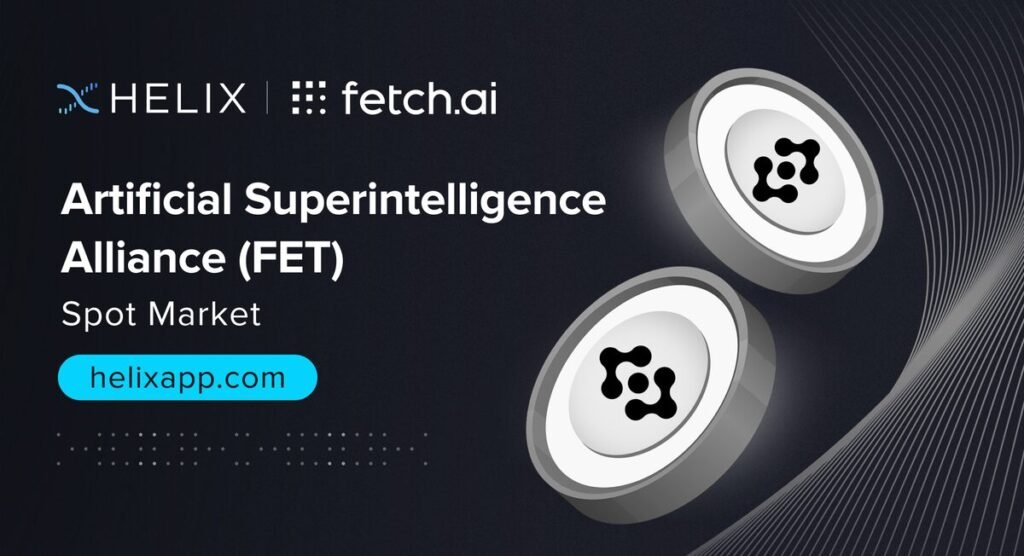
Source: Helix
When Fetch.ai, SingularityNET, and Ocean Protocol announced their merger in early 2024, few predicted how significant it would become. The creation of the ASI token united three different AI philosophies into one interoperable framework: compute (FET), cognition (AGIX), and data (OCEAN).
The alliance focuses on building a path toward decentralized superintelligence while ensuring data sharing and model development remain trustless and open.
By aligning three different layers of AI infrastructure, ASI is building powerful network effects that few standalone projects can match.
Render Network (RNDR): AI Crypto – Decentralizing the AI Visual Stack
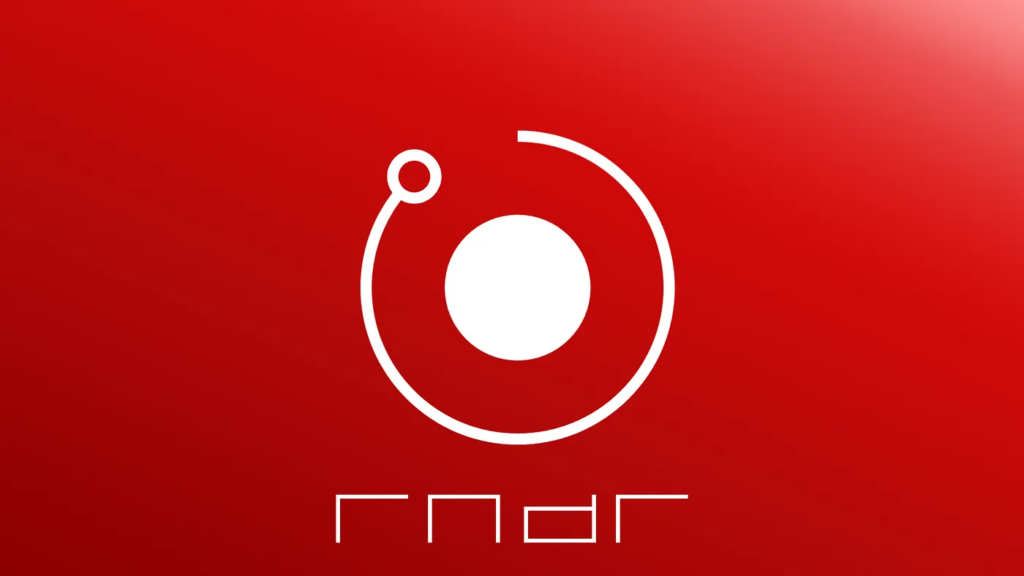
Source: COINFEEDS
Render has evolved beyond a GPU marketplace. In 2025, it’s become a core infrastructure layer for generative AI — particularly in image, video, and spatial computing.
Artists and AI engineers now use RNDR to access decentralized rendering power for training and inference. The network’s tight integration with Apple’s creative tools further reinforces its role in mainstream generative AI pipelines.
Its positioning between creative tooling and compute infrastructure gives Render a unique edge in the AI crypto landscape.
Akash Network (AKT): AI Crypto – The GPU Cloud Challenger
If decentralized compute is the battlefield, Akash is going head-to-head with AWS and Google Cloud — specifically for AI.
With expanded GPU offerings in 2025, Akash now supports popular frameworks like PyTorch and TensorFlow natively. Developers can deploy LLMs, vision transformers, or even reinforcement learning models — all in a censorship-resistant environment.
The Cosmos-native chain also supports interchain access to data, compute, and token economies, making it one of the most modular stacks for AI deployment.
Ora: AI Queries Onchain, Privately

Source; Onchain
Ora bridges two of the most transformative trends in Web3: privacy-preserving computation and real-time AI inference. Running on Ethereum and Polygon, Ora serves as a decentralized oracle layer for large language model (LLM) queries.
Instead of pinging off-chain AI APIs, smart contracts can tap into Ora’s inference marketplace, ensuring privacy, cost-efficiency, and verifiability.
Its modular architecture is already being adopted in DePIN, gaming, and DeFi projects looking to embed intelligent automation directly into smart contracts.
Gensyn (GENS): Training the World’s ML Models, Decentralized

Source: BlockBase
Gensyn takes on one of AI’s most resource-intensive tasks — training. By enabling distributed training jobs across idle global devices, Gensyn creates a compute network where users get paid to contribute GPU power.
Every job is verified using cryptographic proofs, ensuring trust between requesters and contributors. Backed by a16z and other major VCs, Gensyn is well-positioned in the decentralized AI (DeAI) vertical.
With the growth of AI startups looking for flexible compute at lower costs, Gensyn is tapping into a rapidly expanding need.
Ritual: AI Coprocessors for Every Blockchain
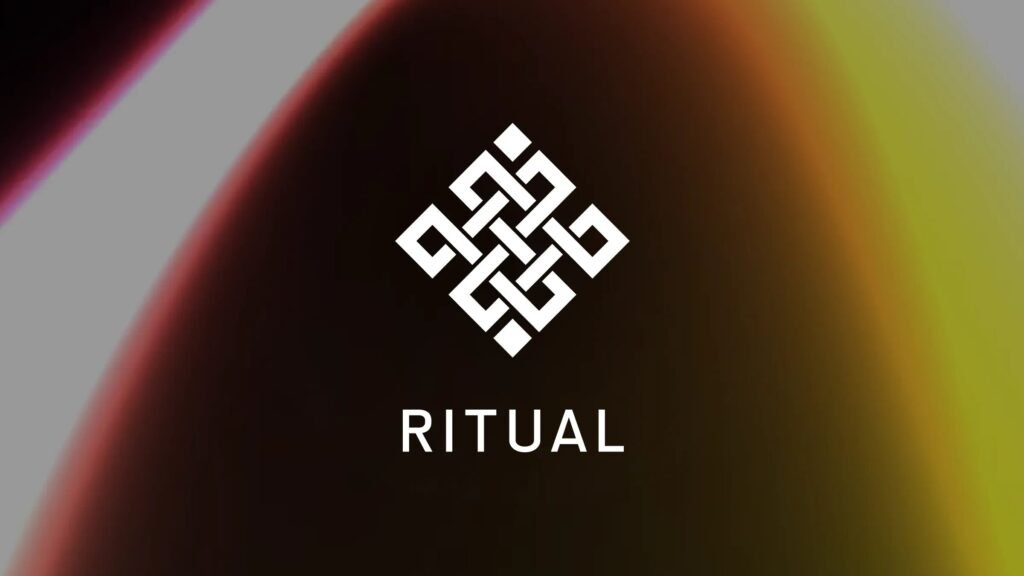
Source: Ritual
Still in its early stages, Ritual has generated buzz in 2025 for its modular approach to bringing AI to smart contracts.
Rather than becoming yet another Layer 1, Ritual acts as a coprocessor layer — allowing any blockchain to execute AI inference alongside on-chain logic. Think of it as GPU plug-ins for Ethereum or Solana.
Its focus on AI agents, LLM workflows, and developer usability makes Ritual one to watch, especially for those betting on the long-term convergence of smart contracts and machine intelligence.
Bonus Mentions: Smaller Projects with Big Ideas
While the top 10 dominate headlines, several niche players deserve attention:
- AIOZ Network – AI meets CDN with a strong DePIN angle.
- Nosana – Decentralized CI/CD for AI apps, leveraging Solana.
- Synesis One – Gamified data labeling for AI training datasets.
These projects may offer asymmetric returns for investors and builders willing to explore the fringes of the AI crypto ecosystem.
Conclusion: Why AI Crypto Matters in 2025 and Beyond
The rise of AI crypto represents more than a technological shift — it’s a philosophical one. It challenges centralization in AI, redefines ownership of models and data, and pushes intelligence into the public domain.
As investors and developers navigate the next wave of Web3, these AI-powered tokens offer not just opportunity, but a glimpse into a more open and collaborative digital future.
In 2025, the question isn’t just “what can AI do?” — it’s “who controls it?”




